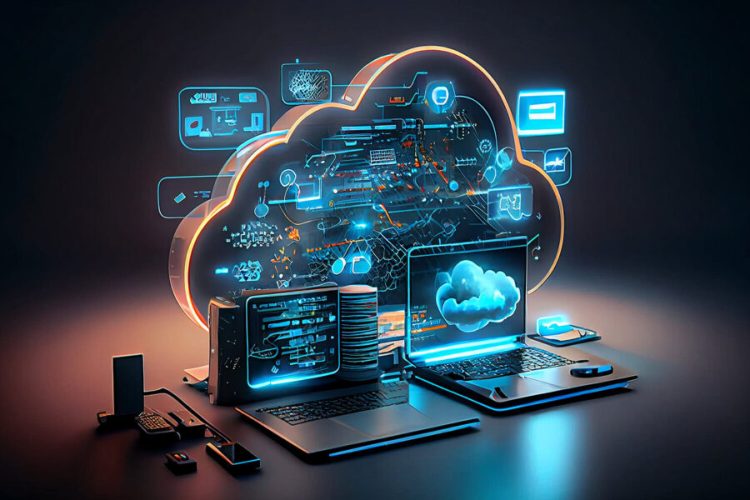Introduction
As the digital era accelerates, computing power has become the foundation of technological progress. From AI model training to large-scale scientific simulations and real-time cloud services, the world’s dependence on computing infrastructure has never been greater. Yet, behind every smart application or seamless digital service lies an invisible but critical foundation — the computing infrastructure that sustains it.
The next generation of computing infrastructure will redefine how data, energy, and intelligence flow through society.
1. From Data Centers to Computing Ecosystems
Traditional data centers were once the mainstay of compute infrastructure — massive facilities filled with servers that handled everything from enterprise data to web hosting.
But the new paradigm goes beyond centralized facilities. Today’s infrastructure is evolving into a global computing ecosystem, where cloud, edge, and specialized computing nodes interact seamlessly.
This transformation allows workloads to shift dynamically based on demand, latency, and energy availability — making compute as fluid and adaptive as the applications it supports.
2. The Rise of AI-Driven Infrastructure
AI is not only consuming computing power; it’s also reshaping how infrastructure itself is designed and managed.
Modern data centers are increasingly AI-optimized — with intelligent cooling systems, energy management, predictive maintenance, and automated resource allocation.
Machine learning algorithms continuously analyze workload patterns to distribute tasks efficiently, maximizing utilization while minimizing power consumption.
This marks the birth of self-managing computing environments, where infrastructure learns and evolves autonomously to balance cost, performance, and sustainability.
3. Energy Efficiency and the Green Compute Revolution
As compute demand soars, so does the pressure on the planet.
The next frontier of computing infrastructure must reconcile performance with sustainability.
Innovations such as liquid immersion cooling, AI-assisted thermal control, and carbon-neutral data centers are leading the way.
Some companies are even situating data centers near renewable energy sources — hydropower in the Nordics, solar fields in deserts, or geothermal energy in volcanic regions — to harness clean power.
The goal is clear: create high-performance, low-carbon computing that fuels growth without exhausting the planet.

4. Edge and Cloud Synergy: Redefining Compute Geography
The future of compute isn’t about one model replacing another — it’s about integration.
Edge computing processes data close to its source, enabling instant responses for IoT, robotics, and autonomous vehicles. Cloud computing, on the other hand, provides scalability and storage for large-scale processing.
The synergy of these two forms the backbone of the intelligent society — a hybrid system where clouds think globally and edges act locally.
This distributed model ensures resilience, reduces latency, and supports new applications like real-time AI assistants, smart manufacturing, and 6G networks.
5. The Security Layer: Trust in an Interconnected World
As computing becomes distributed and decentralized, ensuring trust, privacy, and security becomes paramount.
The infrastructure of the future must be secure by design, embedding encryption, zero-trust architectures, and blockchain-based verification into every layer.
In a world where billions of devices interact autonomously, infrastructure must not only process data but also protect it — balancing openness with resilience.
6. The Compute Economy: A New Resource Market
Computing power is fast becoming an economic commodity — traded, allocated, and optimized like energy.
Emerging “compute marketplaces” allow organizations to buy and sell excess capacity dynamically. Cloud credits, decentralized compute platforms, and blockchain-based systems are pioneering a computing economy, where access to processing power becomes as vital as access to capital.
In this world, nations and companies that control efficient compute networks will shape the digital economy’s balance of power.
Conclusion
The next generation of computing infrastructure is not just about bigger data centers or faster chips. It’s about creating a connected, intelligent, and sustainable foundation for our digital civilization.
From the edge to the cloud, from electrons to algorithms, every layer of this new infrastructure represents a step toward a smarter and more balanced world — one where computing power becomes both the enabler and the guardian of progress.











































